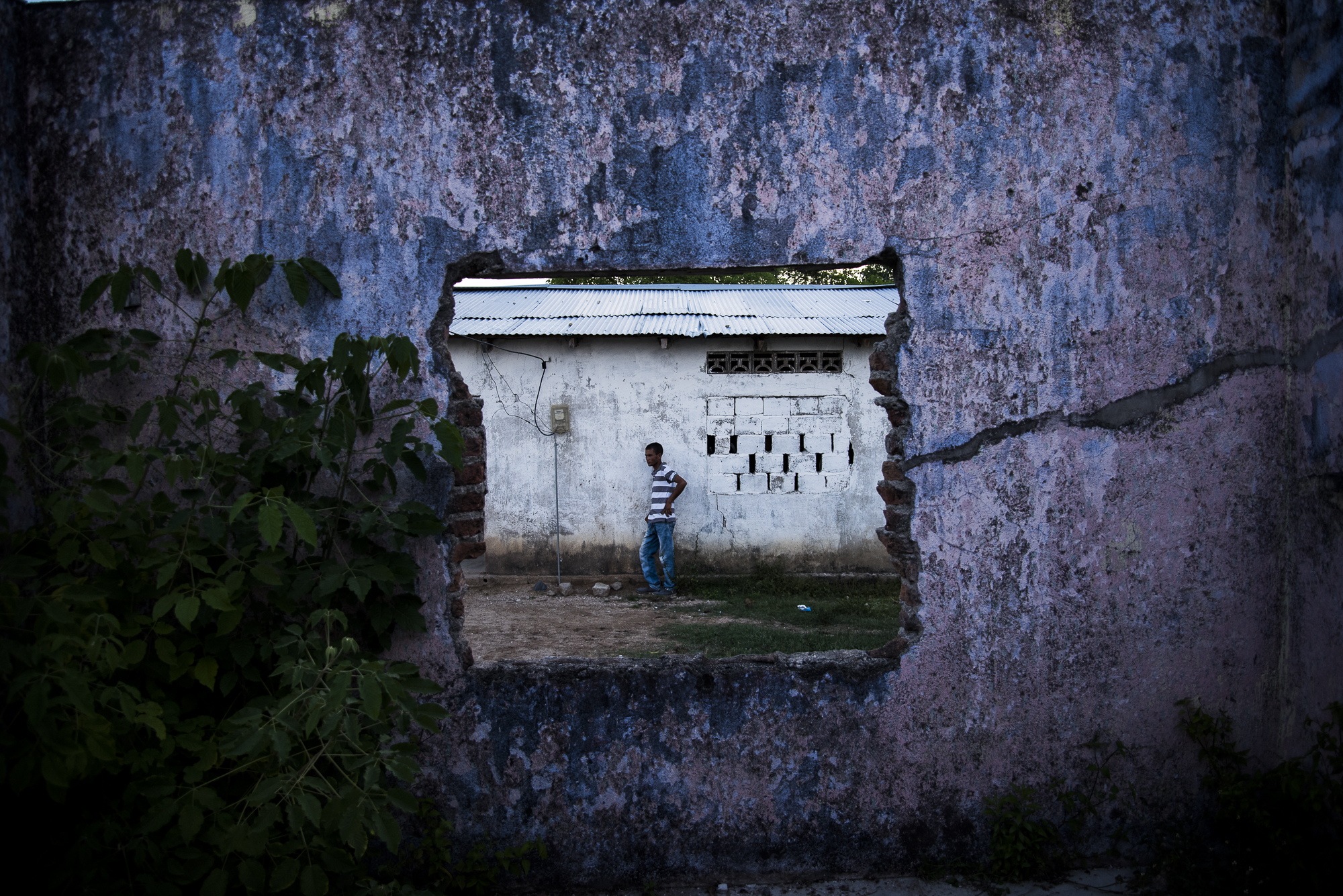
Bellavista has no inhabitants but survivors. Between 1983 and 2011 they suffered 8 armed attacks. Today there are about 332 people and 98 families returned after 18 years of compassionate shouting, shots of grace and dismembered on the sidewalk.
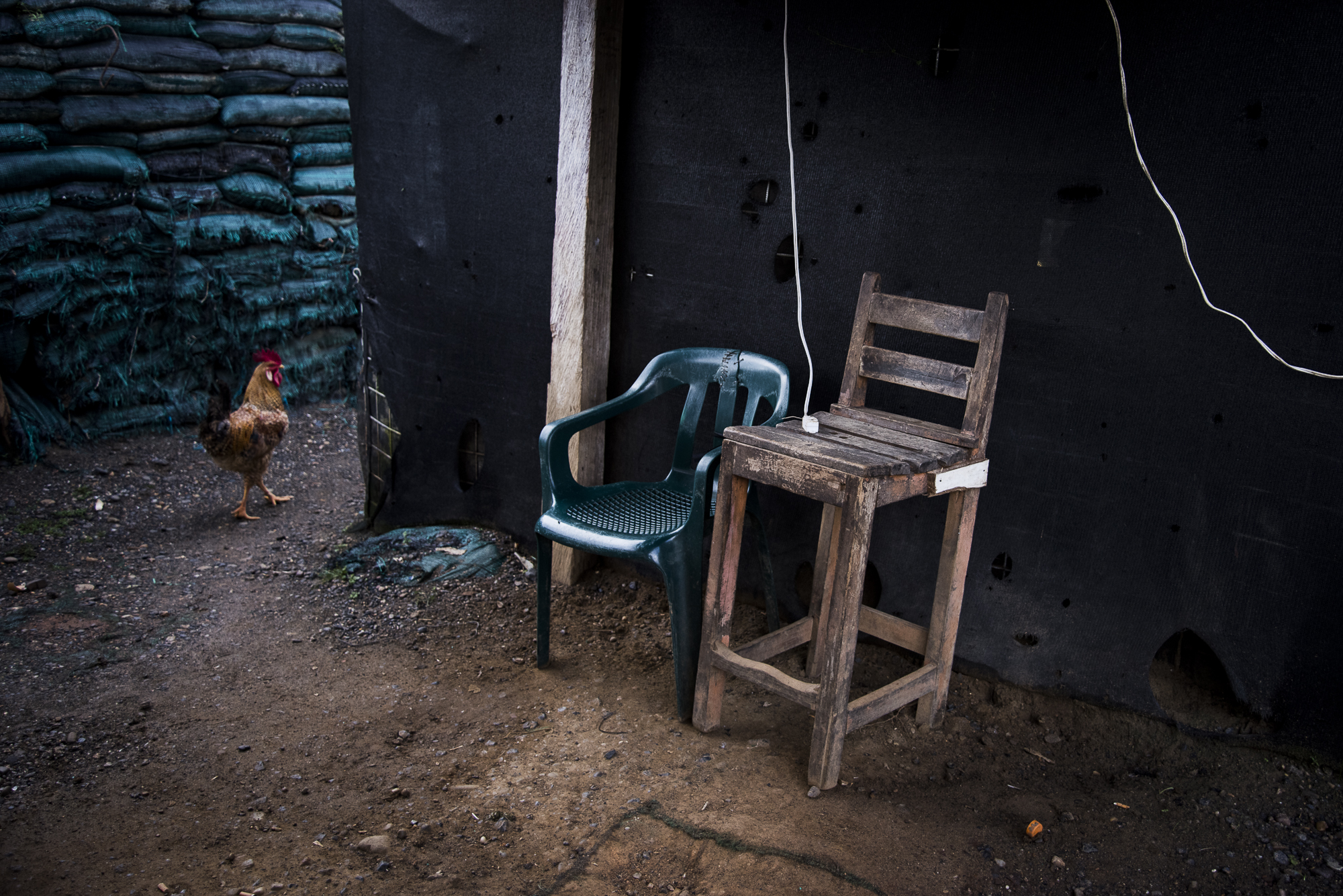
This is the police station of Batata, 35 uniformed men watch day and night for the safety of this people who still live the violence, this time, by other insurgent groups such as "clan del golfo" or "Urabeños ".
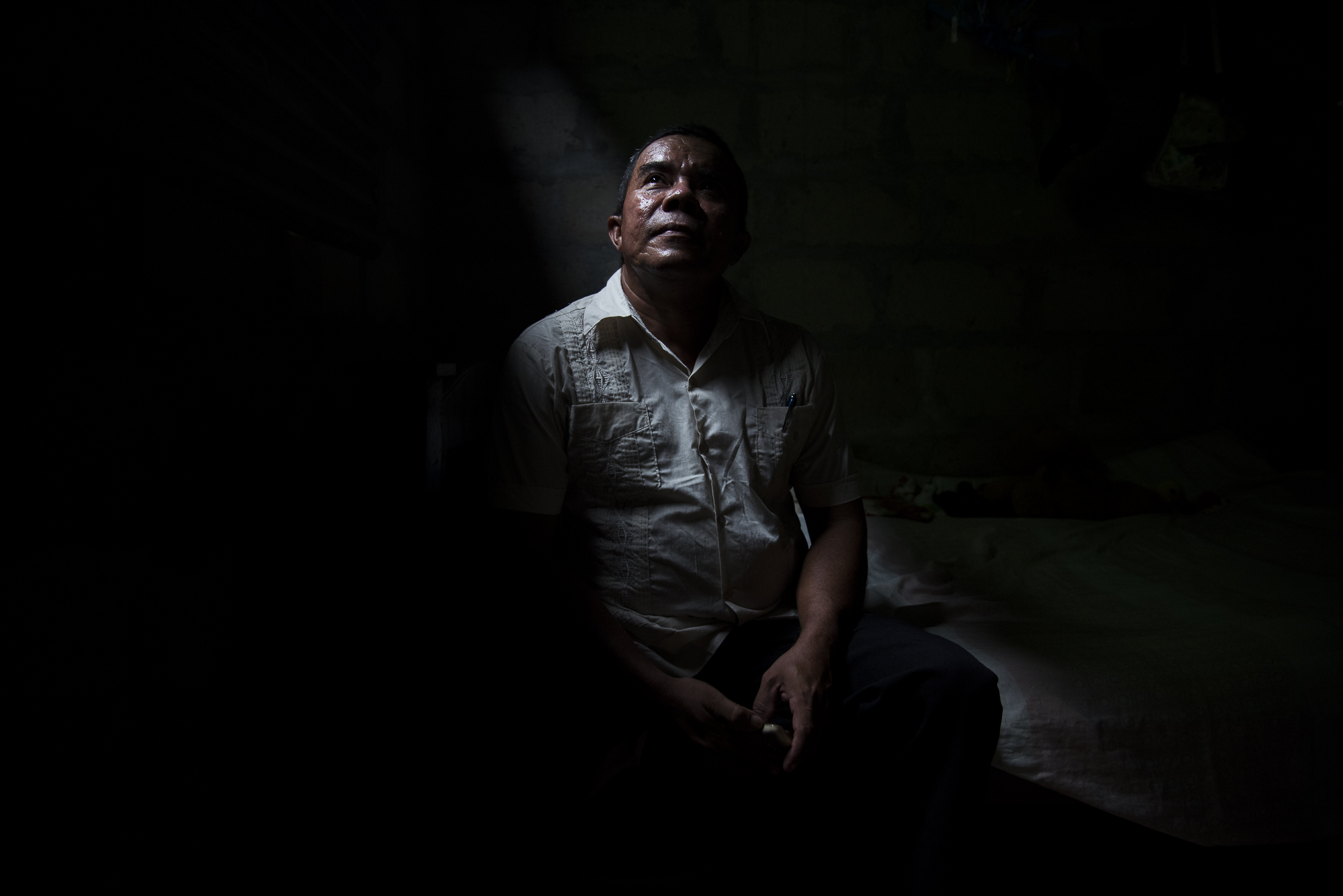
Álvaro Hernández, president of the Córdoba victims' table, for a long received direct threats from insurgent groups because of his constant refusal to join his ranks. In September 1989 he had to leave his estate in the village of El Venado with the only clothes he wore and with fear.

Catherine Perez is not able to wield a weapon, however this hunting rifle adorns a corner of his home. She would only use it to drive away animals that try to damage their banana crop, with which she hopes to get her children overcome difficulties.
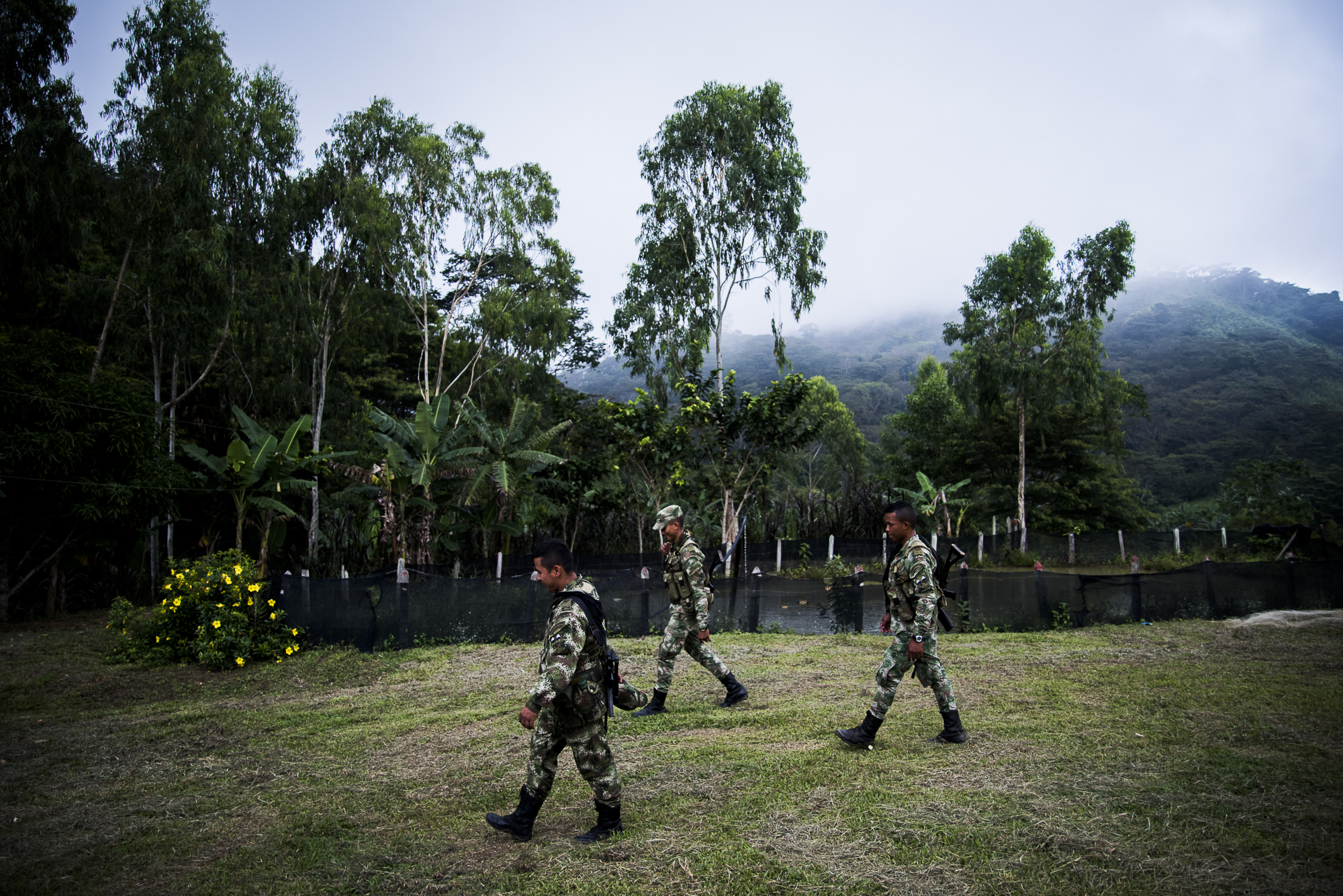
In Sacramento had to spend 10 years so that its inhabitants returned to see the army walking through its streets. At the time of the conflict the national government decided to withdraw all troops from this area of the Sierra Nevada.
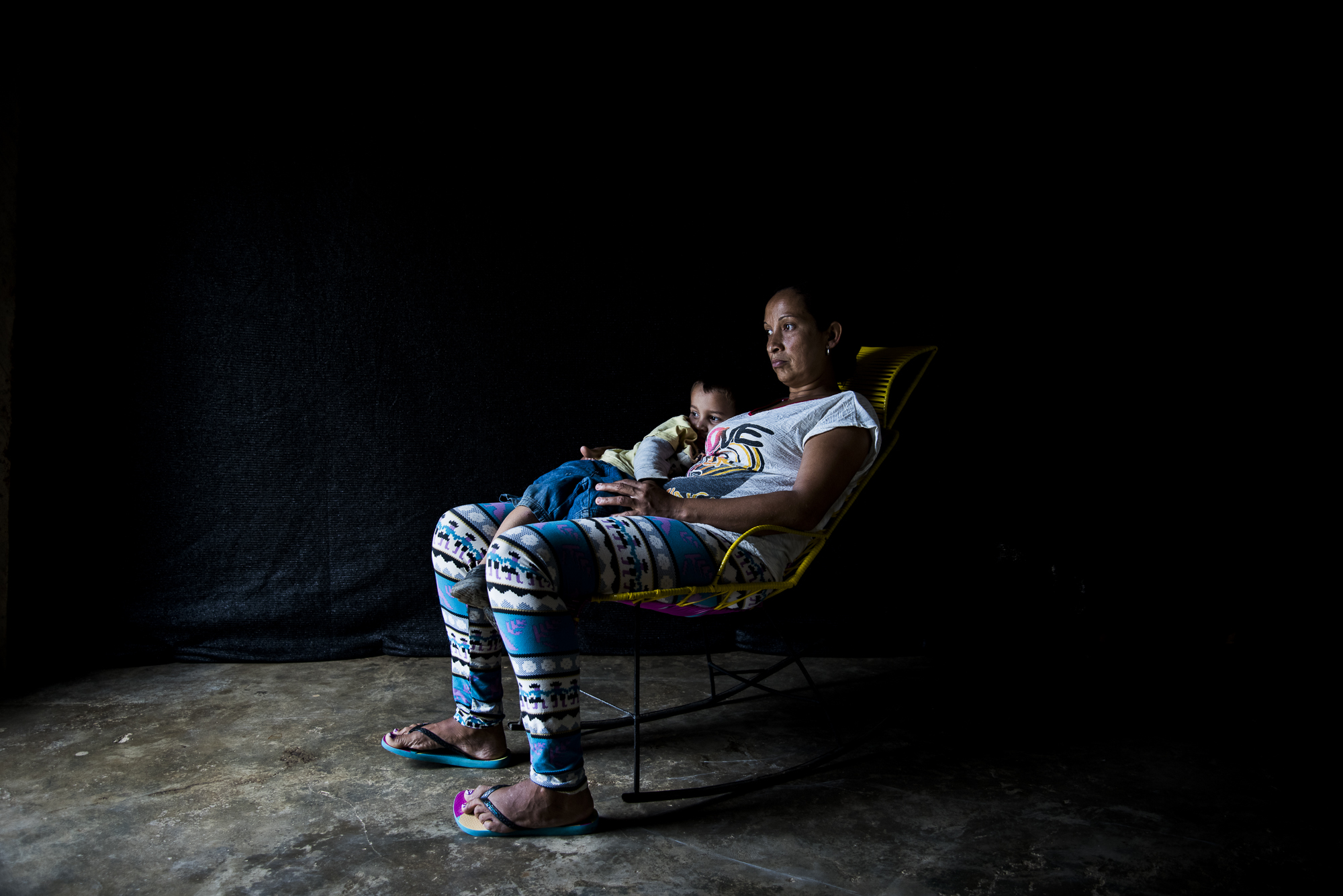
Gloria Areiza, lives in Sacramento, Magdalena. In 2001 when she was 3 months pregnant and a 6 months old girl her husband was killed, her house was burned and she had to flee. He still lives in fear, in a house half cement half board.
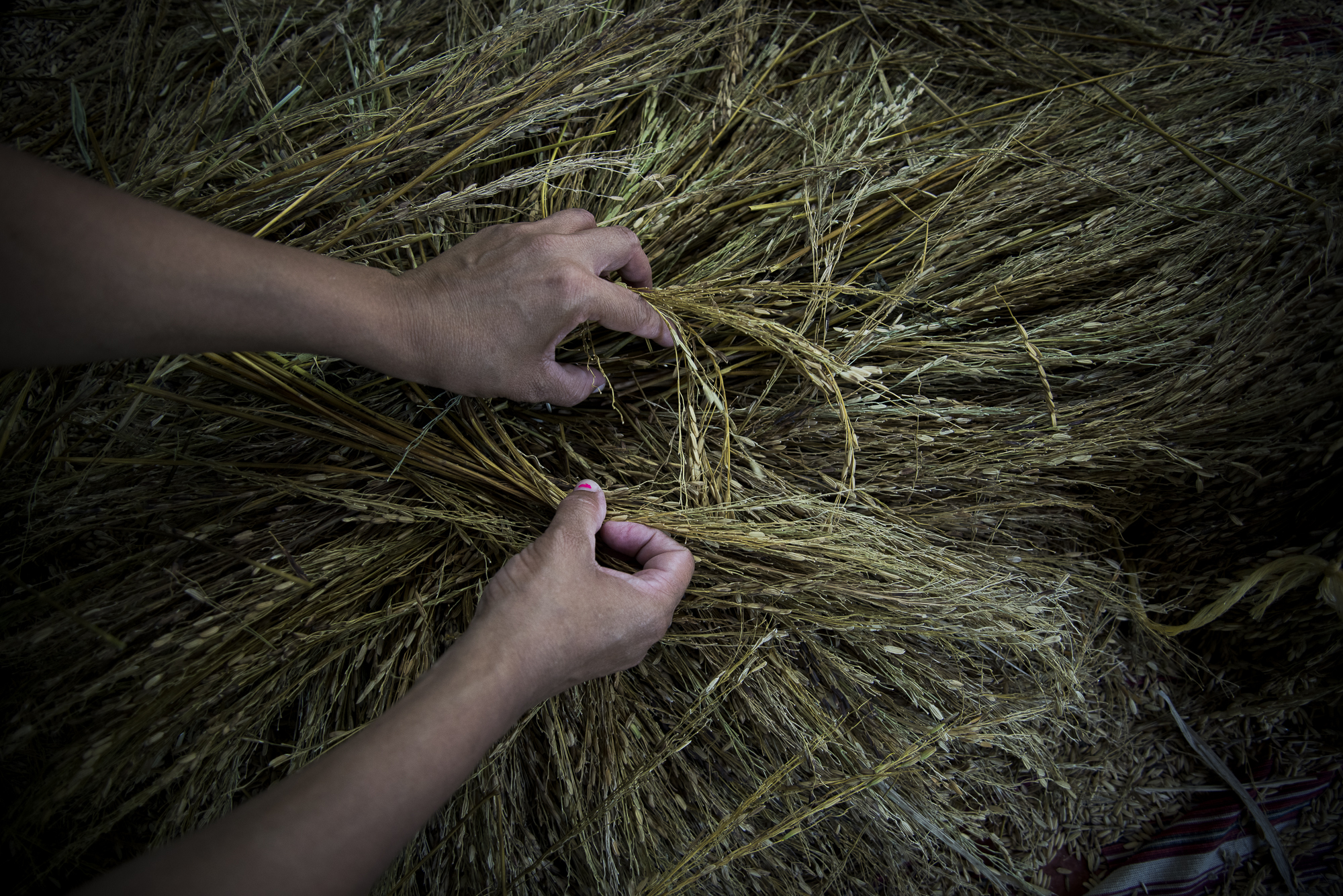
Rice was the crop which the inhabitants of Coloso maintained their families. The war took their lands and many crops were lost. Step by step and thanks to the bilateral cease-fire, families see again agriculture as a way to get ahead.
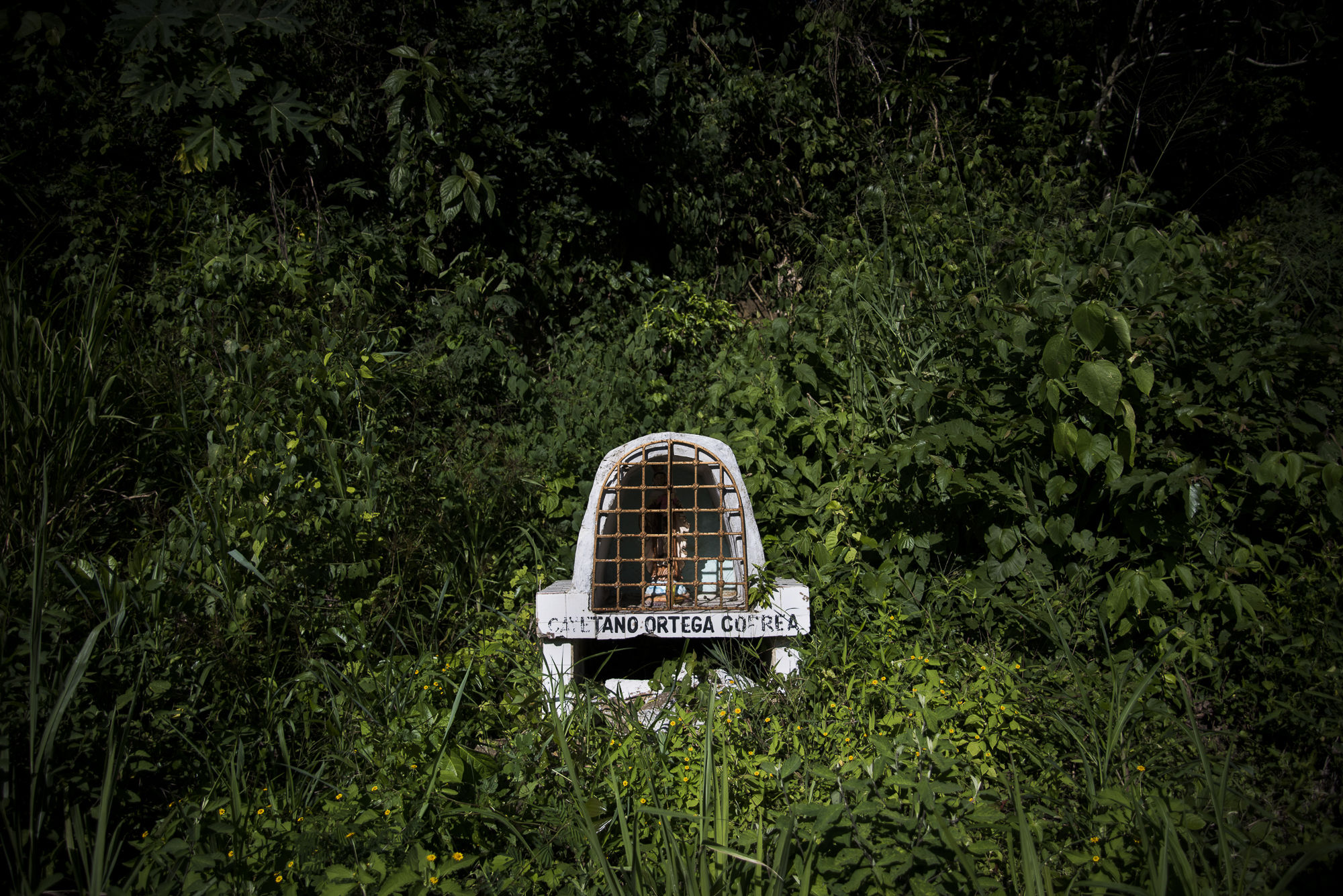
Altar in Homage to Cayetano Ortega, on the road to La Sierra, in Montes de Maria, where he was thrown to the ravine in his car by the FARC guerrilla.
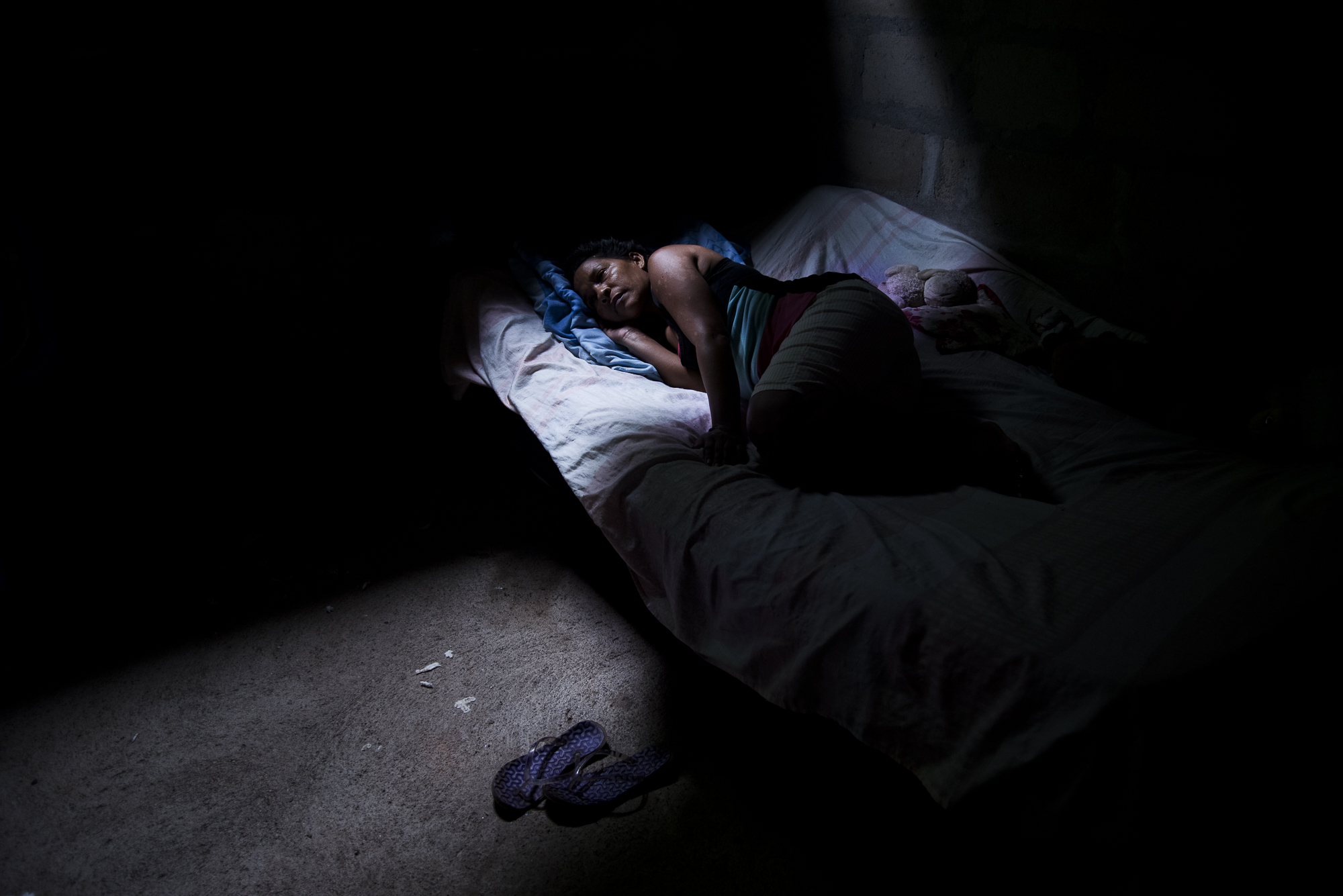
Martina Vanegas is 48 years old, is a victim of forced displacement. She left the village of El Venado because of the constant fighting between the guerrillas and the army. Today he lives in Tierralta, Cordoba where he built a house and raised his three daughters.
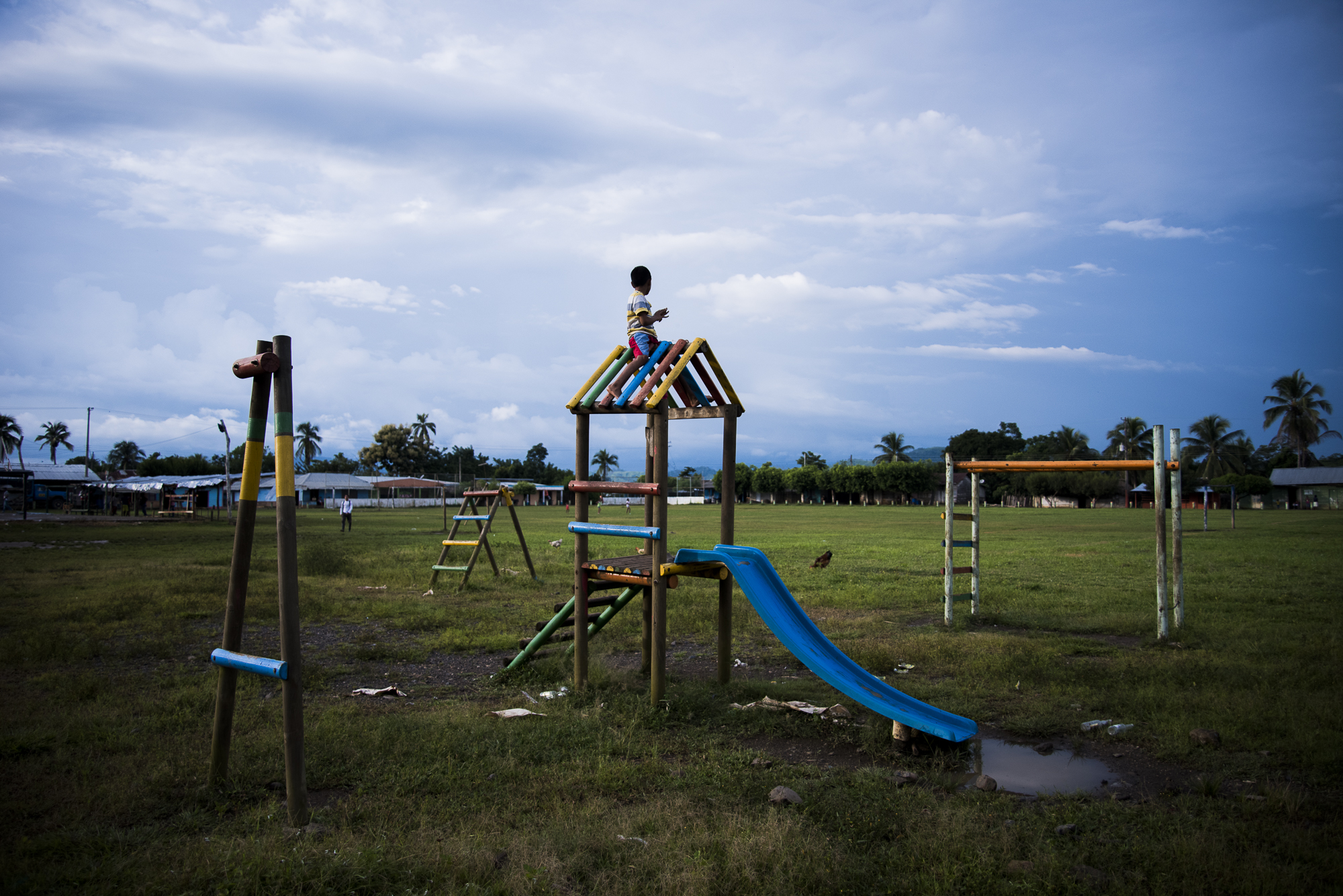
On this park and this field of football guerrillas of the block Martin Caballero of the FARC and paramilitaries separately disputed sporting meetings with the Batatatenses, from the decade of the 80 until the beginning of the years 2000.
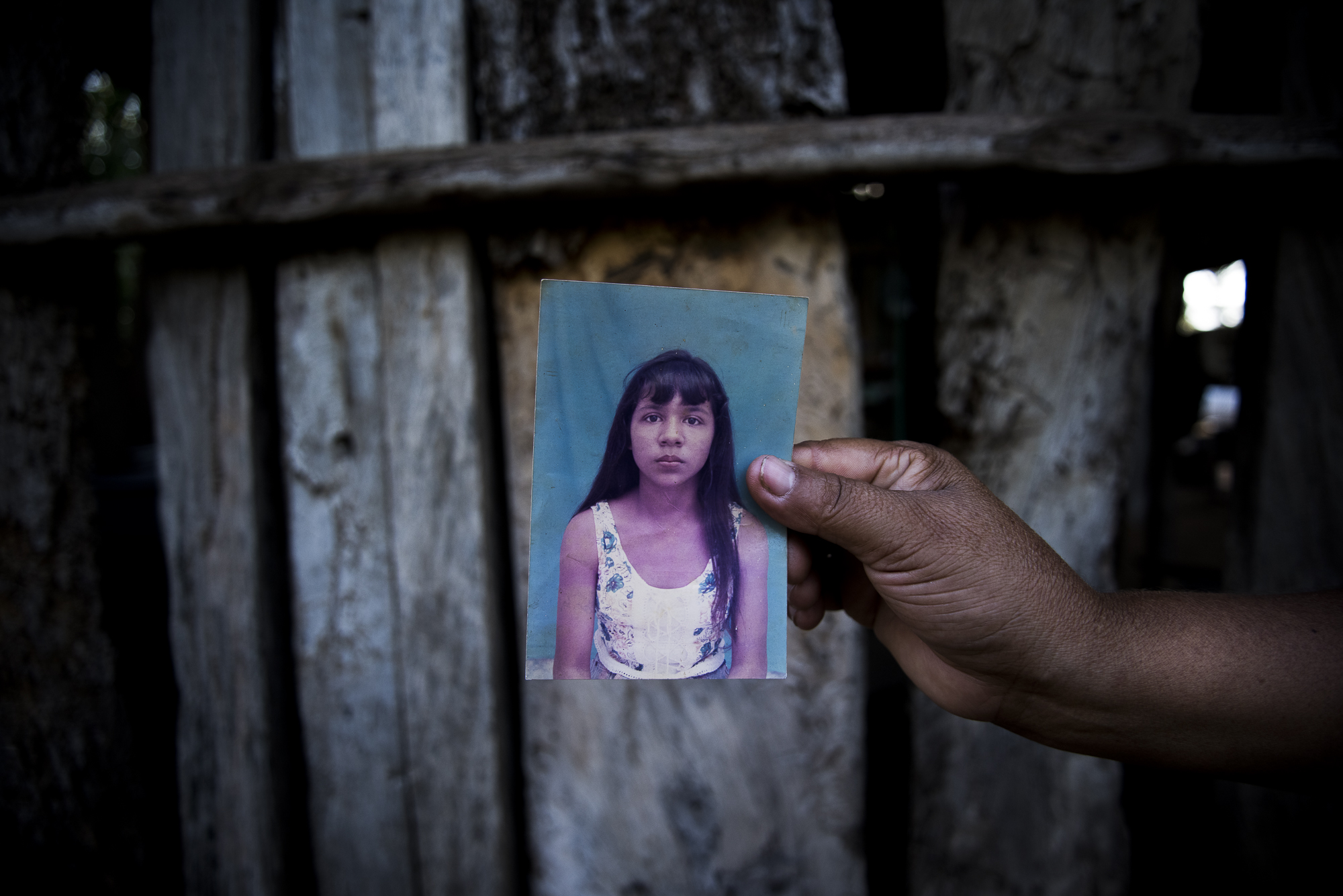
Catherine Perez is 43 years old, in her hand holds the photograph of her missing sister, Iris Esther Perez, who before the age of 15 was recruited by the guerrillas on May 12, 1996. Iris is one of more than 3,000 children recruited in the last 20 years in Colombia by the FARC
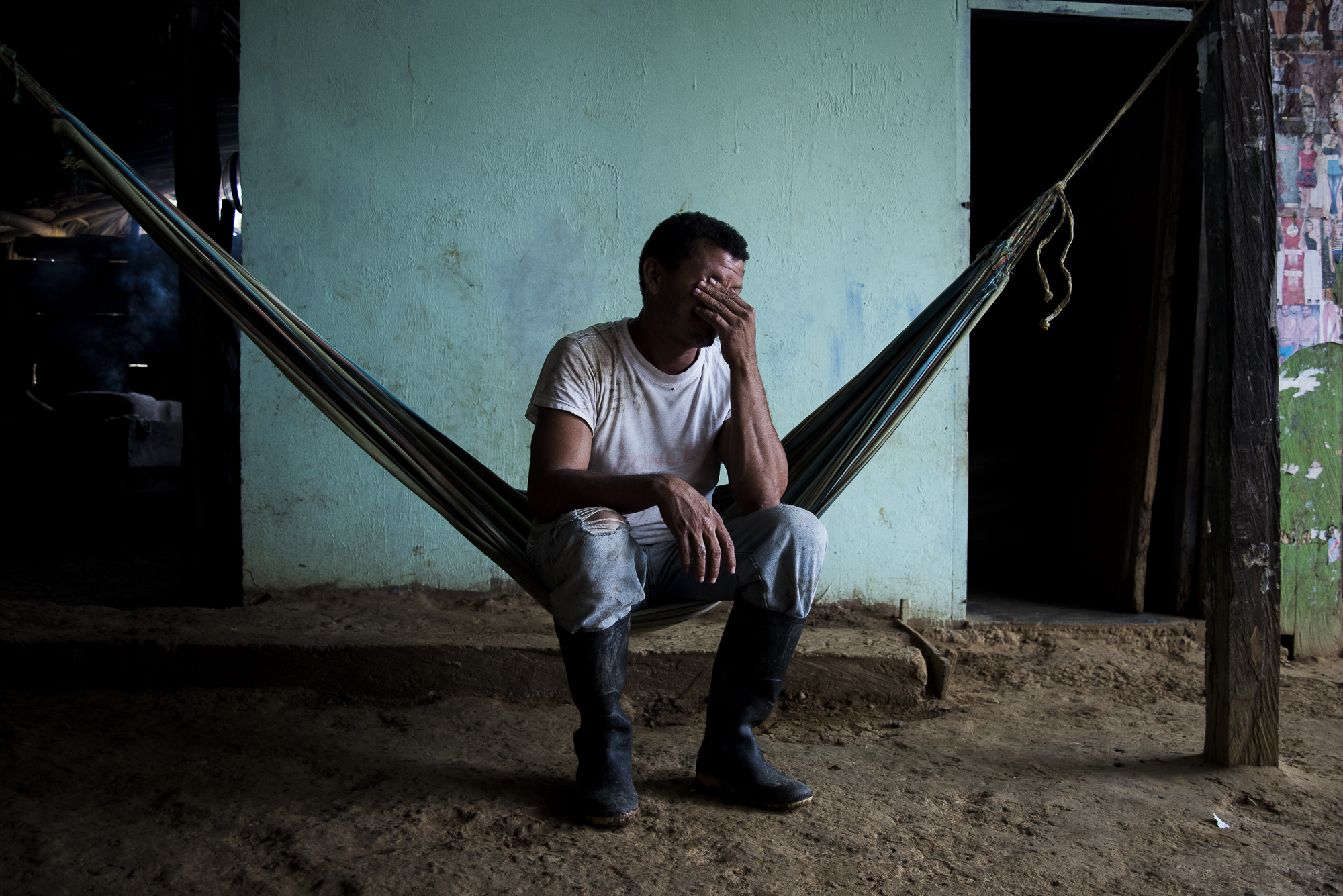
Ernesto Sotelo is 40 years old, he is hiding some tears while telling the story of how his brother decided to join the FARC-EP, he and his mother Iris Sotelo hope that with the end of the conflict and the demobilization of the guerrillas they can seeagain their brother Luis.
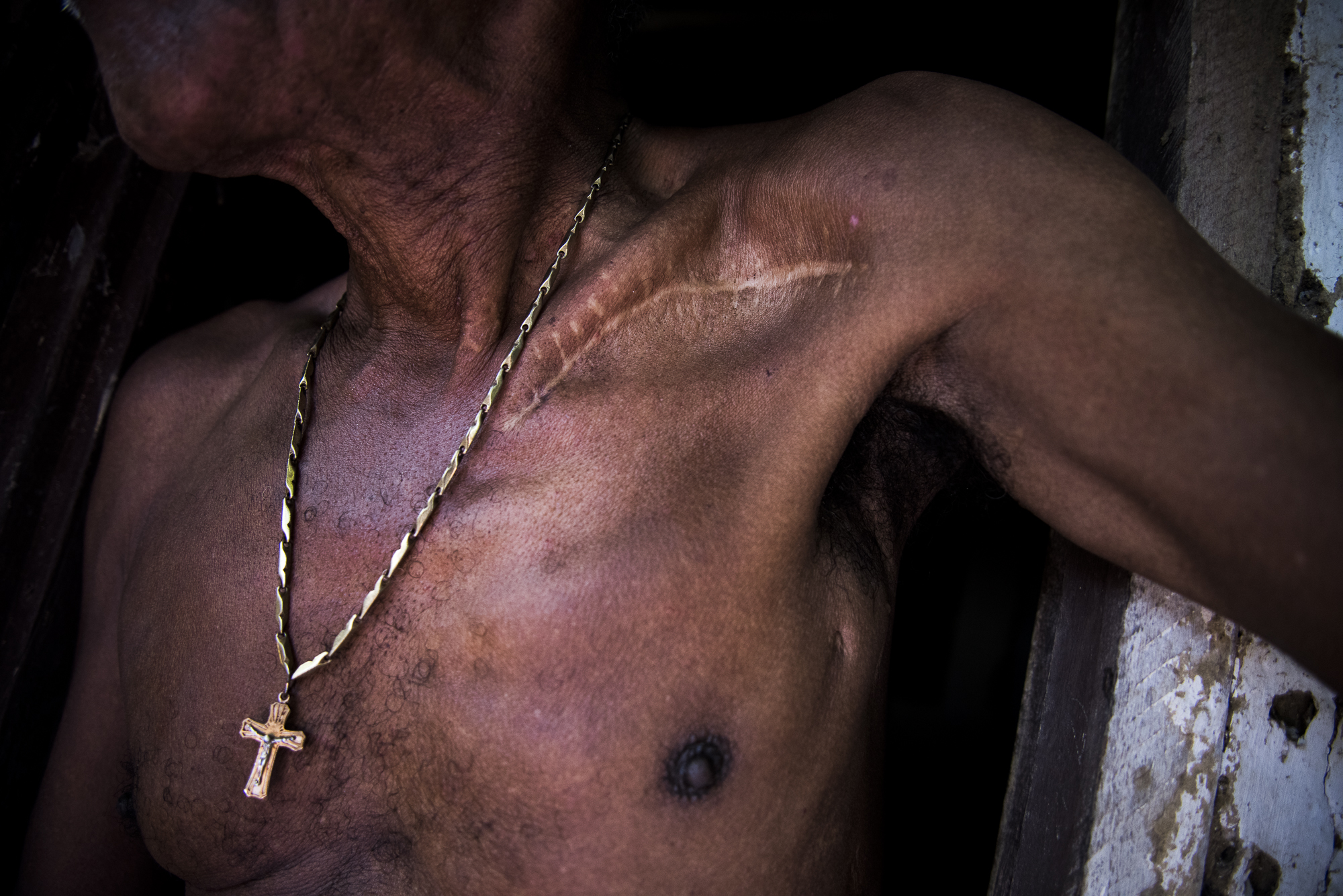
Rodolfo Pacheco (fictitious name) of 70 years lives in the Carmen de Bolivar one of the towns most affected by the armed conflict. On January 6, 1999, he was wounded in the middle of a FARC and army combat. What remains of that day today lives with him: four body marks with which he was not born.
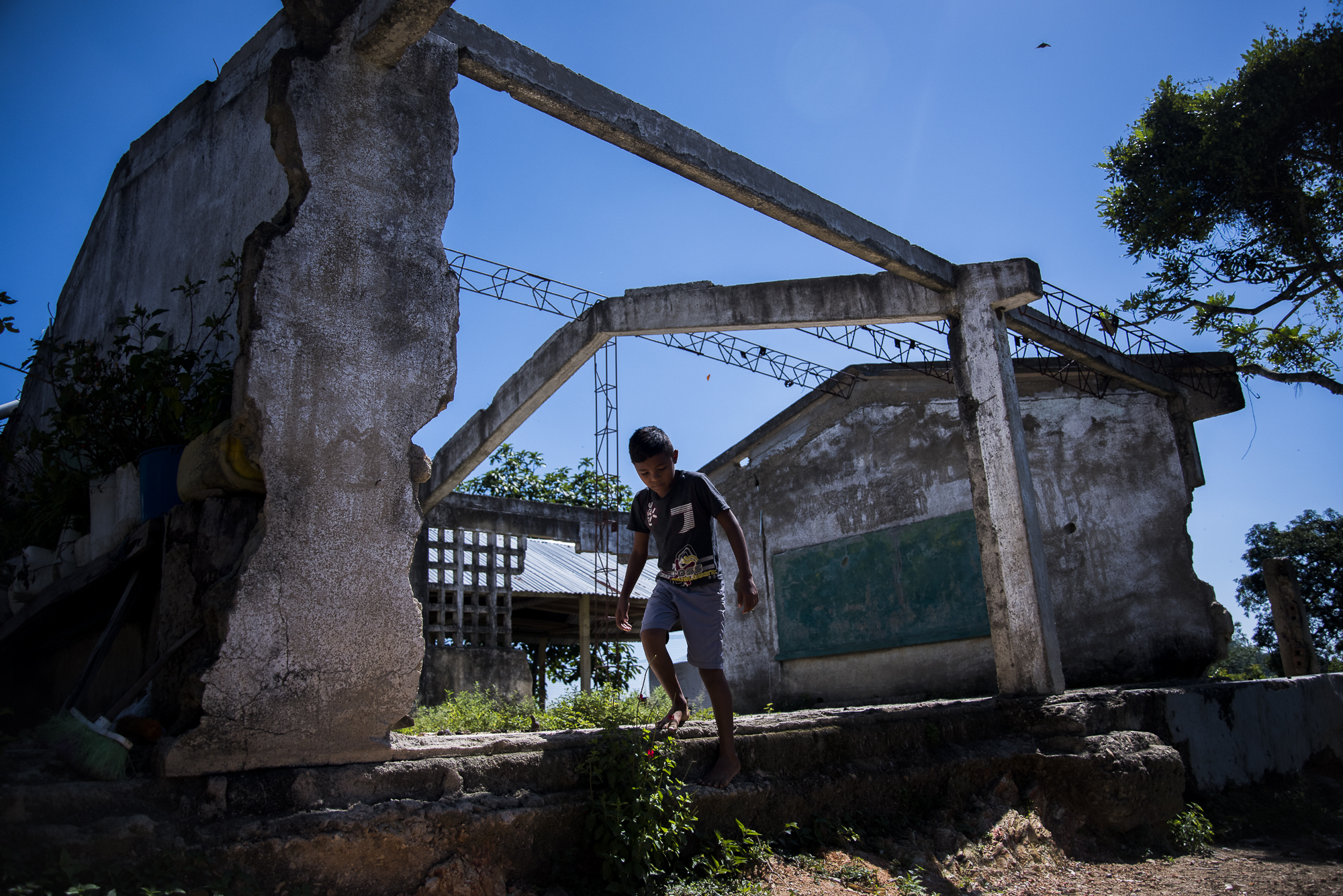
Old School in La Tejeda, a sidewalk of Carmen de Bolivar, which collapsed because of a grenade thrown in the middle of fighting between the army and the FARC guerrillas.
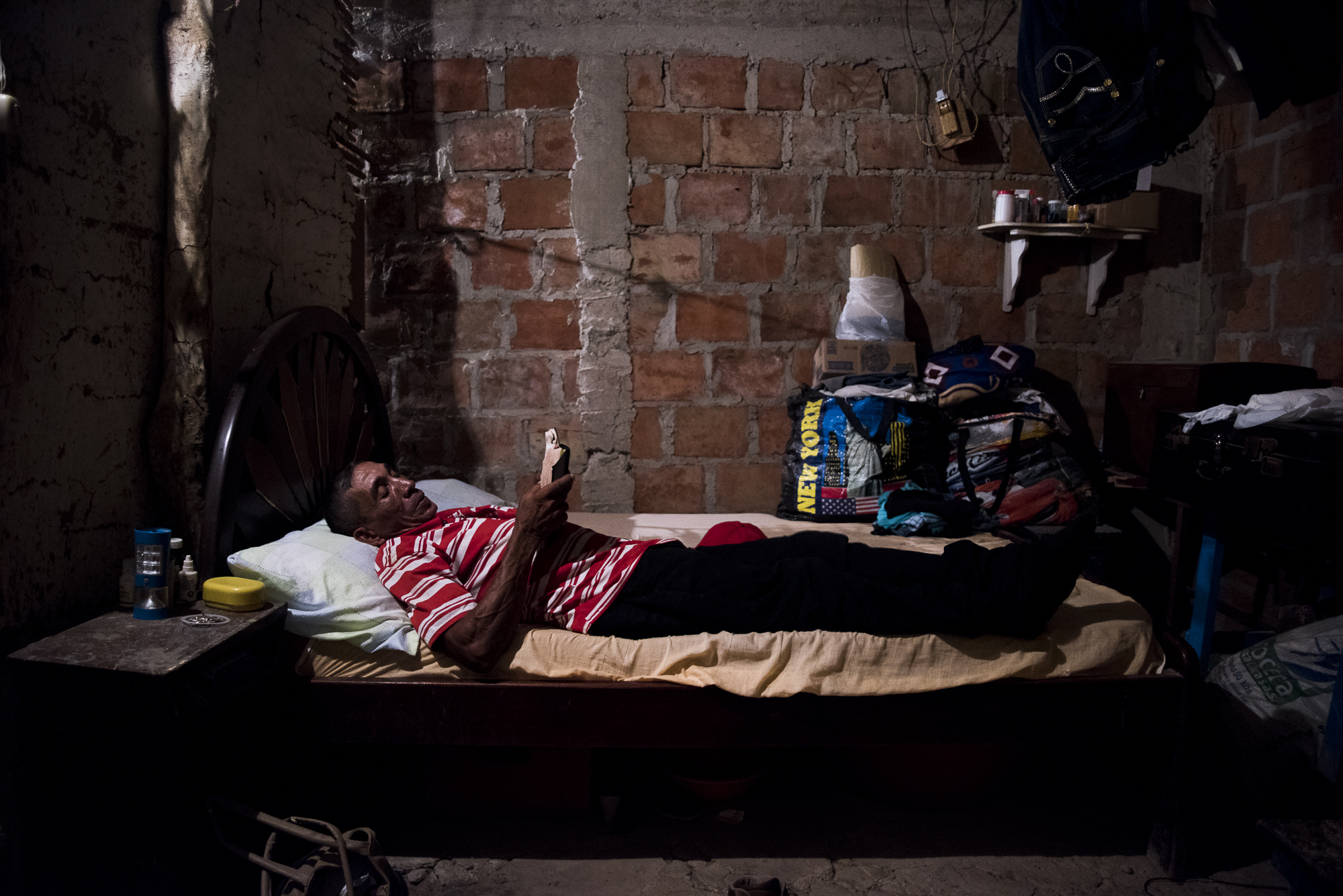
Juan Enrique Hernandez counts as his family (Dilson and Noris María) a donkey saved their lives. On April 18, 2003, at 10:30 in the morning, a bomb dropped from the sky took them out of the lethargy of the daily routine. It was the Army. According to them, it was because the FARC were nearby.
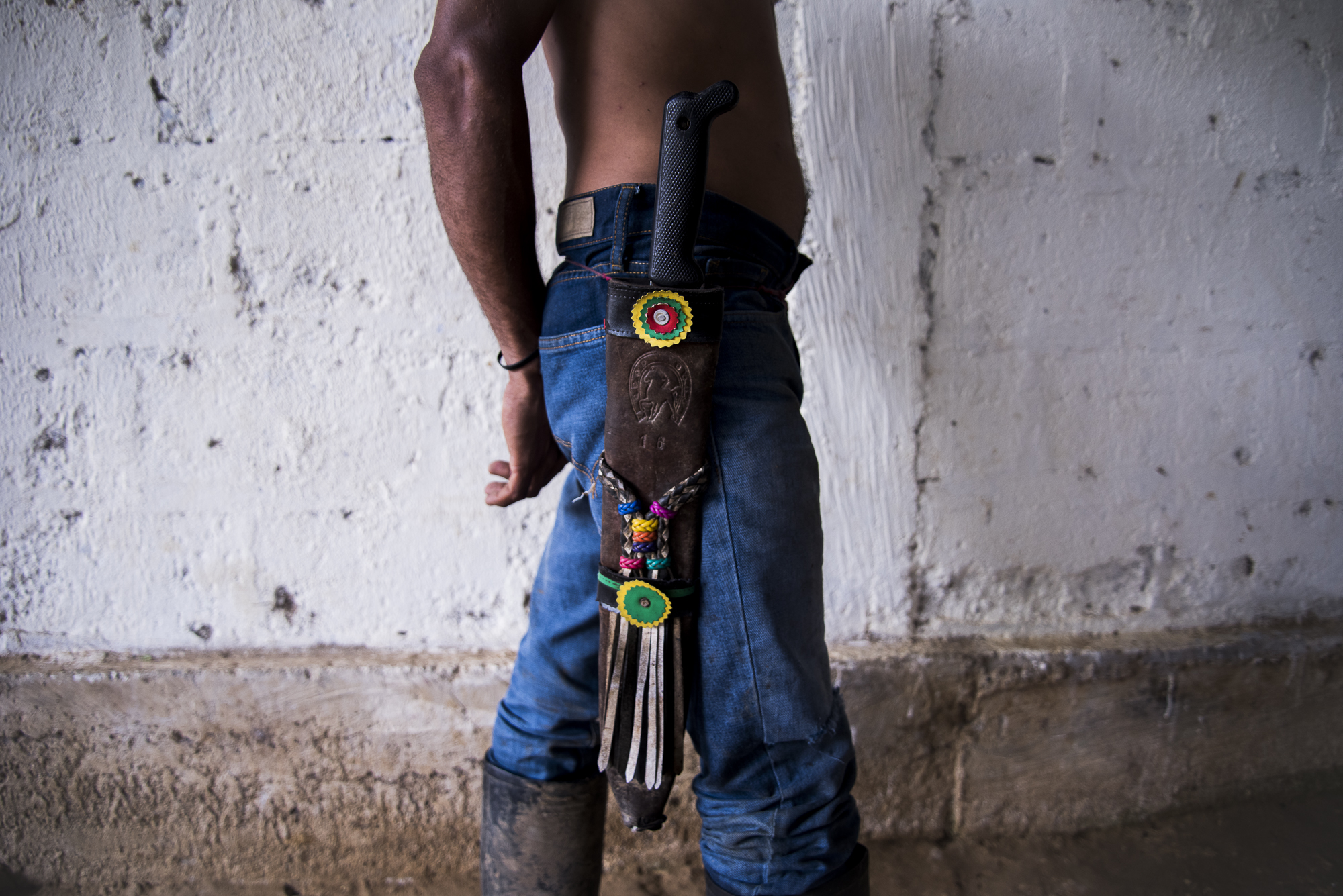
The peasants of Batata return to cultivate the land, and with this they walk again through the streets of the village with their sheath and machete, each one personalizes it to their style.
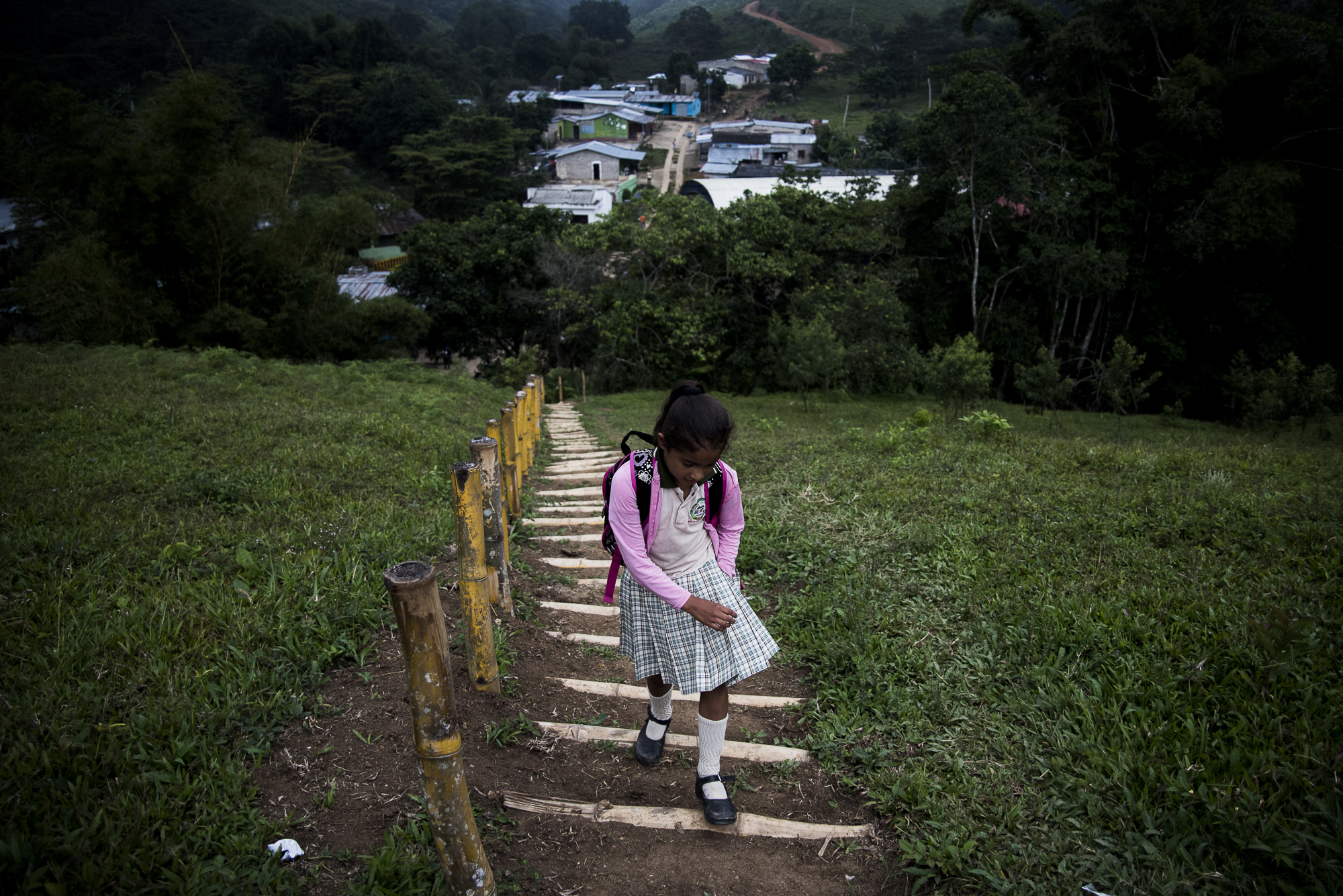
Almost at the top of the Sierra Nevada, Sacramento flourishes, where 180 families have returned. Scenario of competition between coffee production and illicit crops. The FARC and ELN set up camps, created tolls, became checkpoints and recruiters.
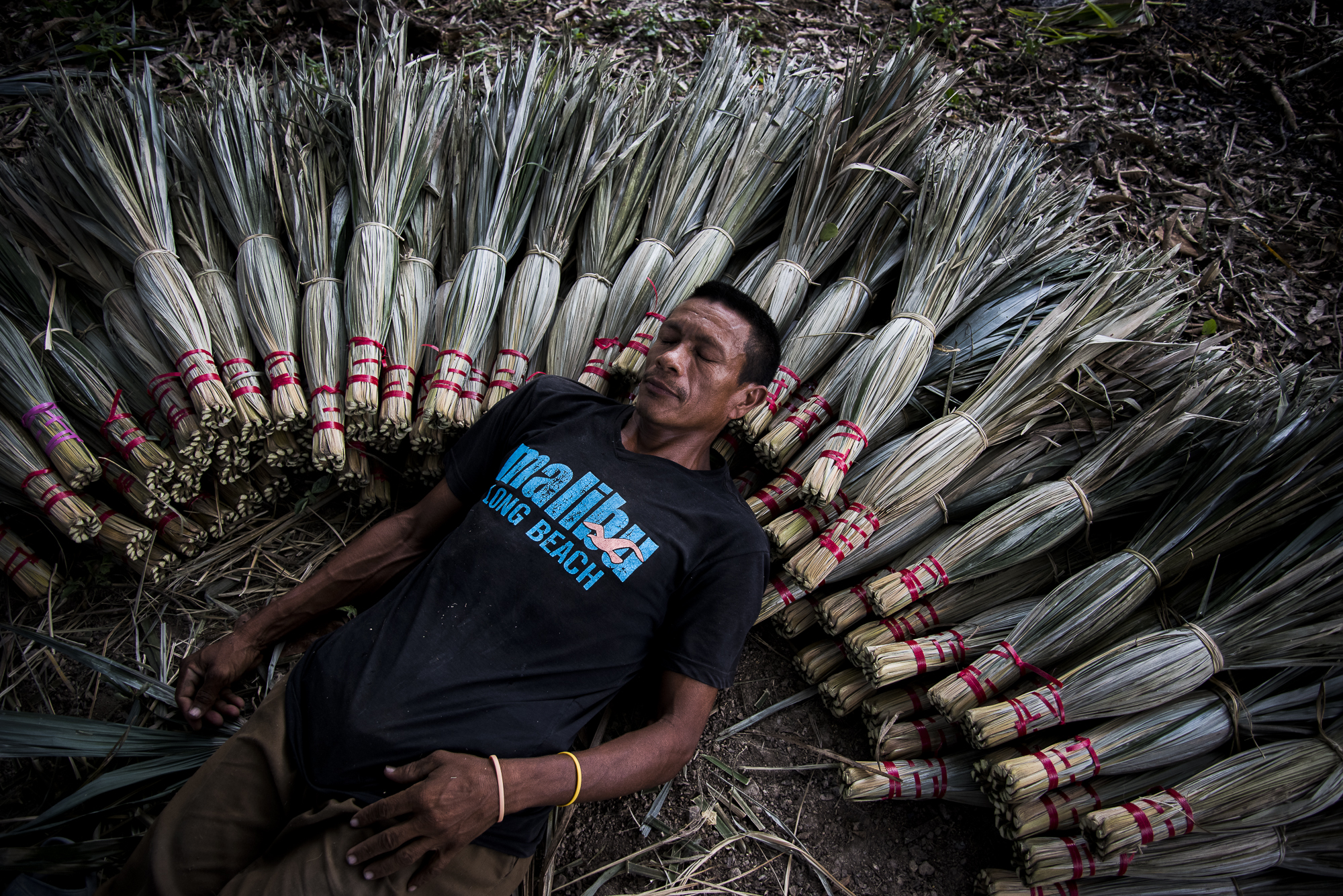
Pacho González, 34 years old, was displaced from the village of El Bolsillo (Montes de María) in June 1999. He returned in 2008, after the end of fighting. Today, lying on the brooms he makes in the village of La Sierra, in the heart of the Carmen de Bolivar, he remembers the nights he tried to sleep. His dream was stolen by the cold and mosquitoes in gullies and thickets, the only shelters possible to dodge the bullets.
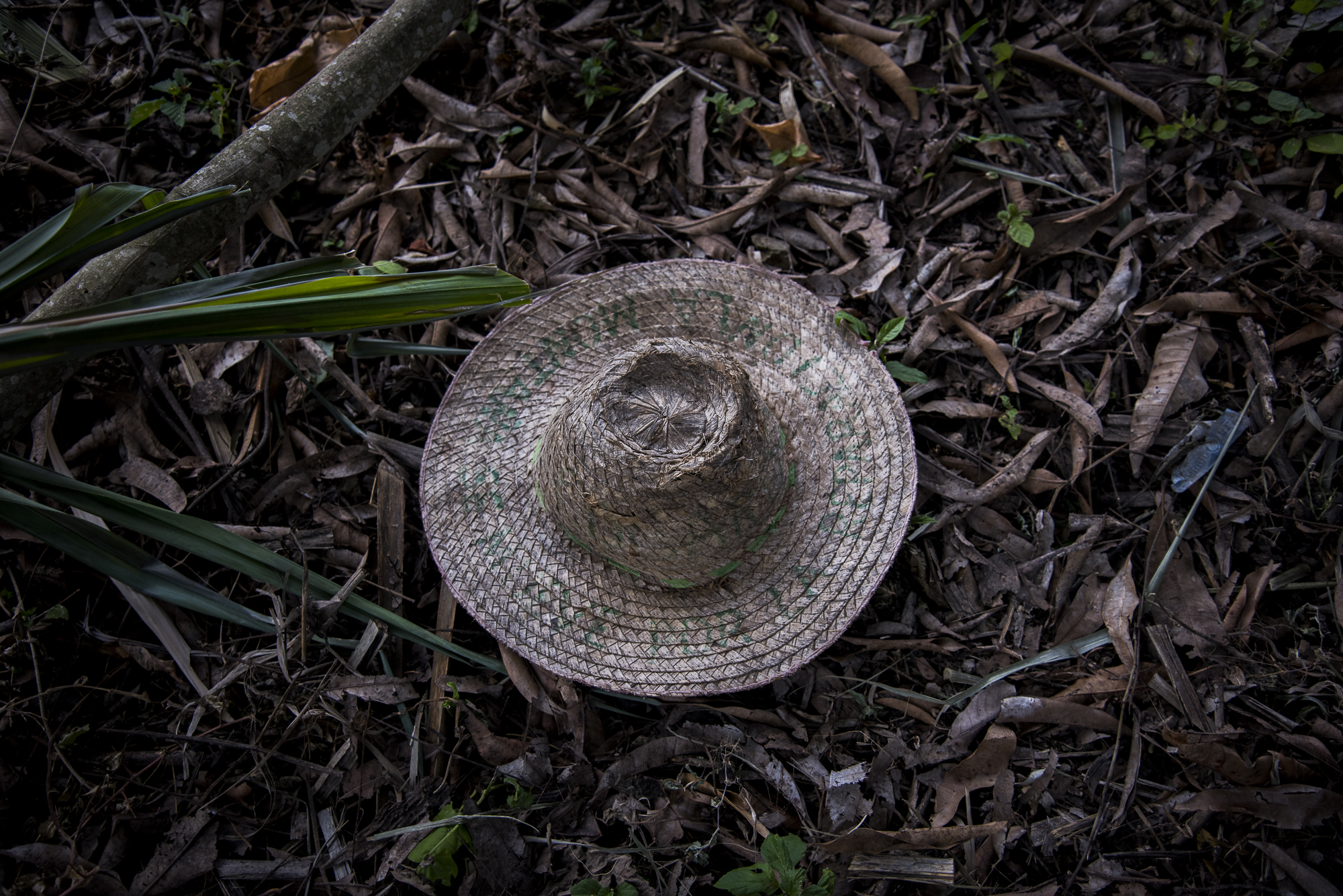
Hat of Jaime Hernandez, 49, farmer from La Sierra, village of Macayepo, in Carmen de Bolivar. In 1998, during a kidnapping, was forced to compose songs that praised the ideologies of the guerrilla of the ERP in exchange for to continue with life. Years later, the FARC displaced him.
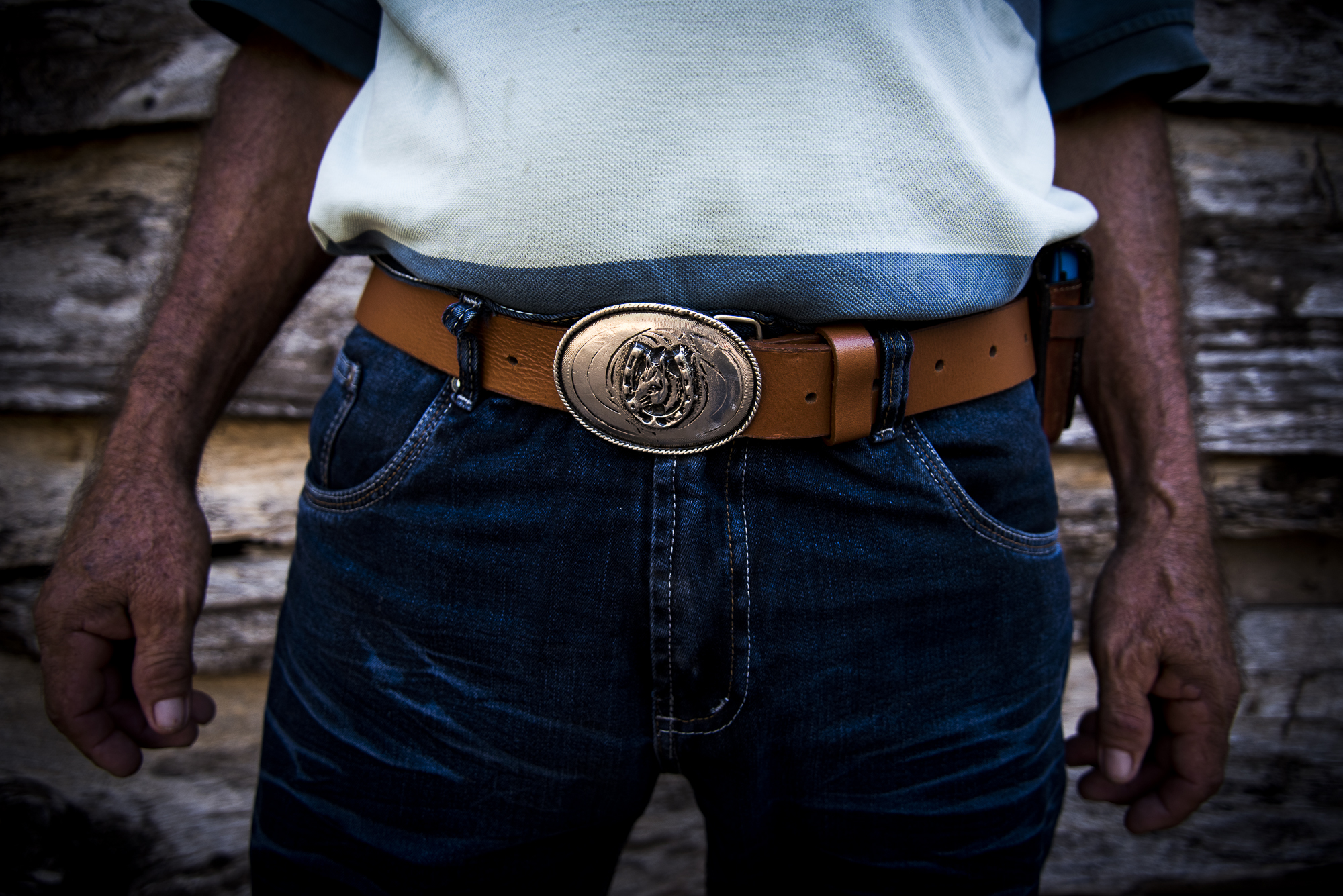
Pedro Padilla, a 58-year-old farmer, lost his brother Luis Alfredo to the FARC. On the day of the crime they were already warned, Pedro left his brother sowing corn, but neither he nor the crops saw again. he police excused themselves saying that they did not get in because it was red zone.
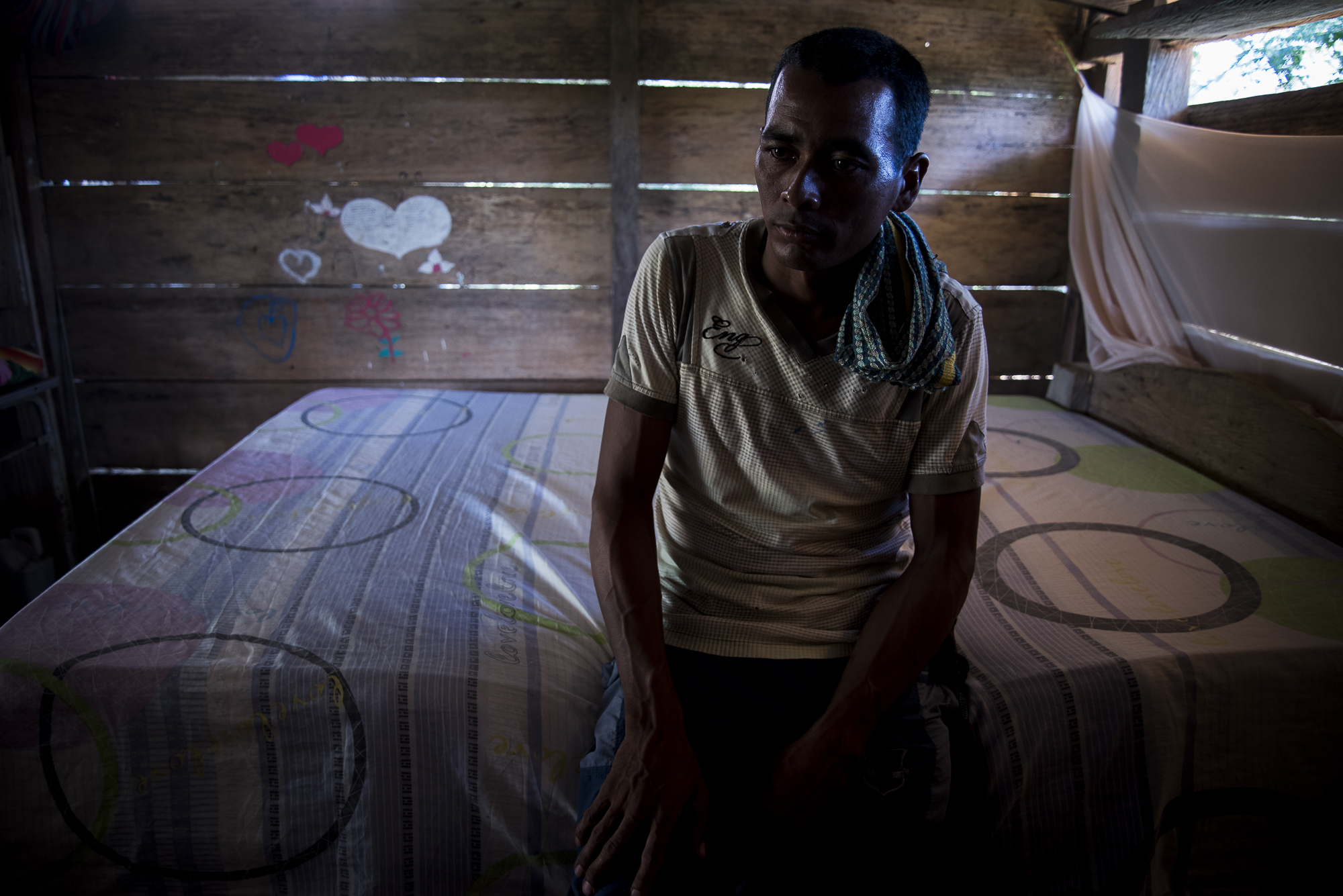
Eduilson Goes Torres is 36 years old. She lives in Gallo, the city of Tierralta, chosen by the government as one of the concentration points of the FARC. Between fear and hope, he and his wife Everlides del Carmen, together with their five children, hope that the signing of the agreement will bring peace.
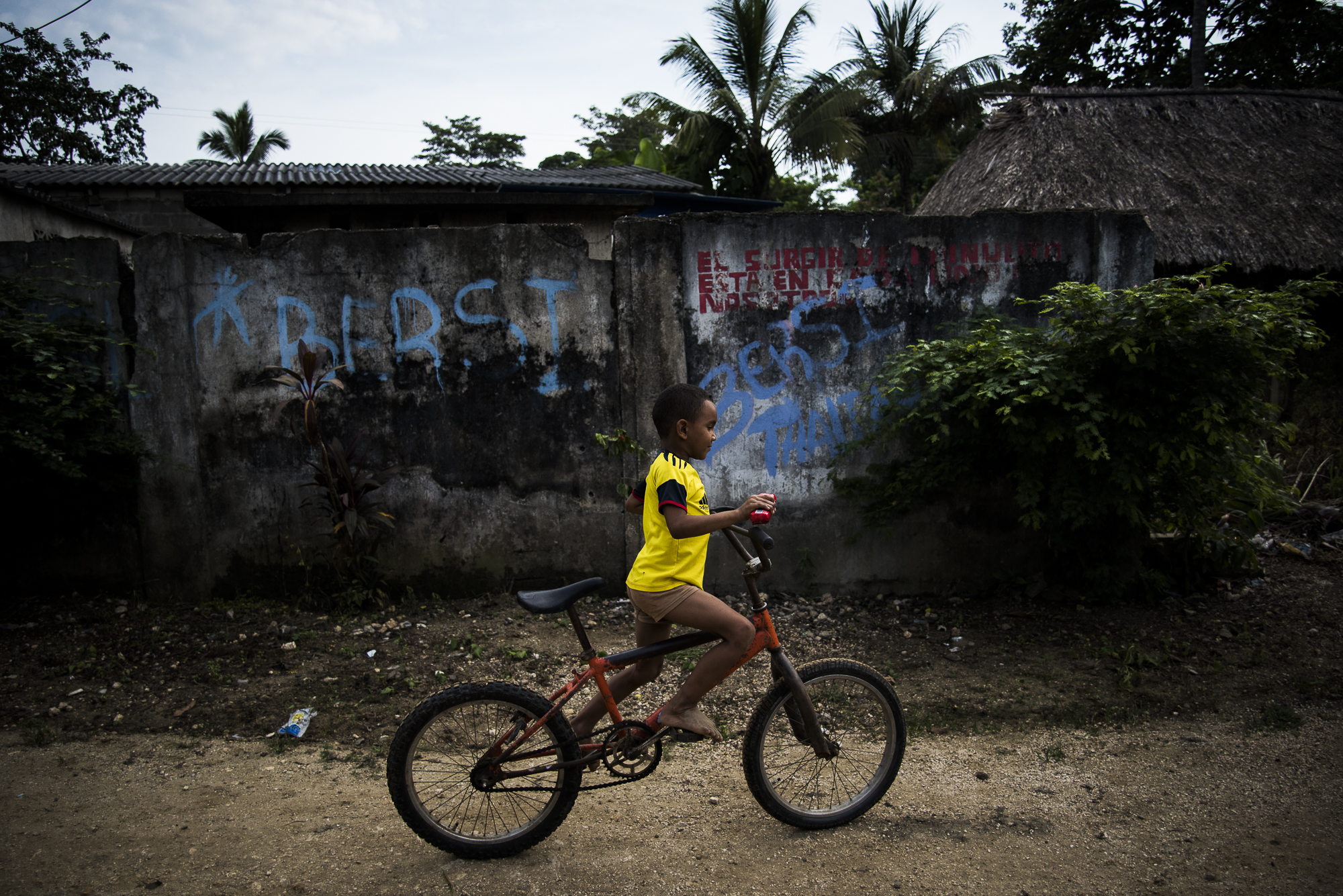
At 29 kilometers from Colosó, Sucre (20 minutes by motorcycle), in the village of Chinulito many of the houses still do not have doors; Are inhabited only by the undergrowth that covers walls without ceilings. Of the 300 families that lived in Chinulito today there are a few 57, although all are not native of the place, but beneficiary victims of neighboring municipalities where also the violence entered.
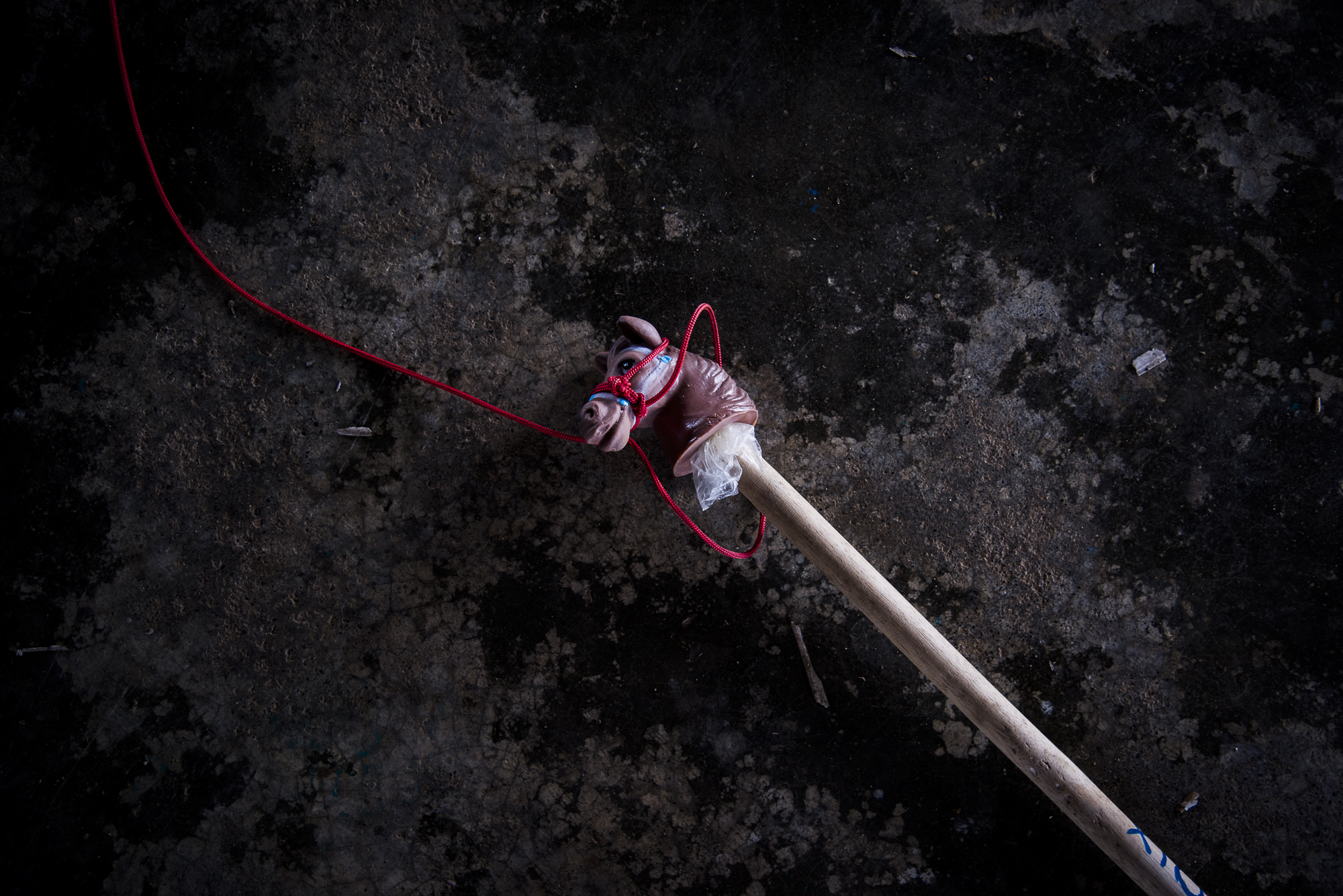
Toy found in one of the houses of victims of forced displacement in Batata, Cordoba. The time when these lands were used for livestock and horse breeding were forgotten because of the war.
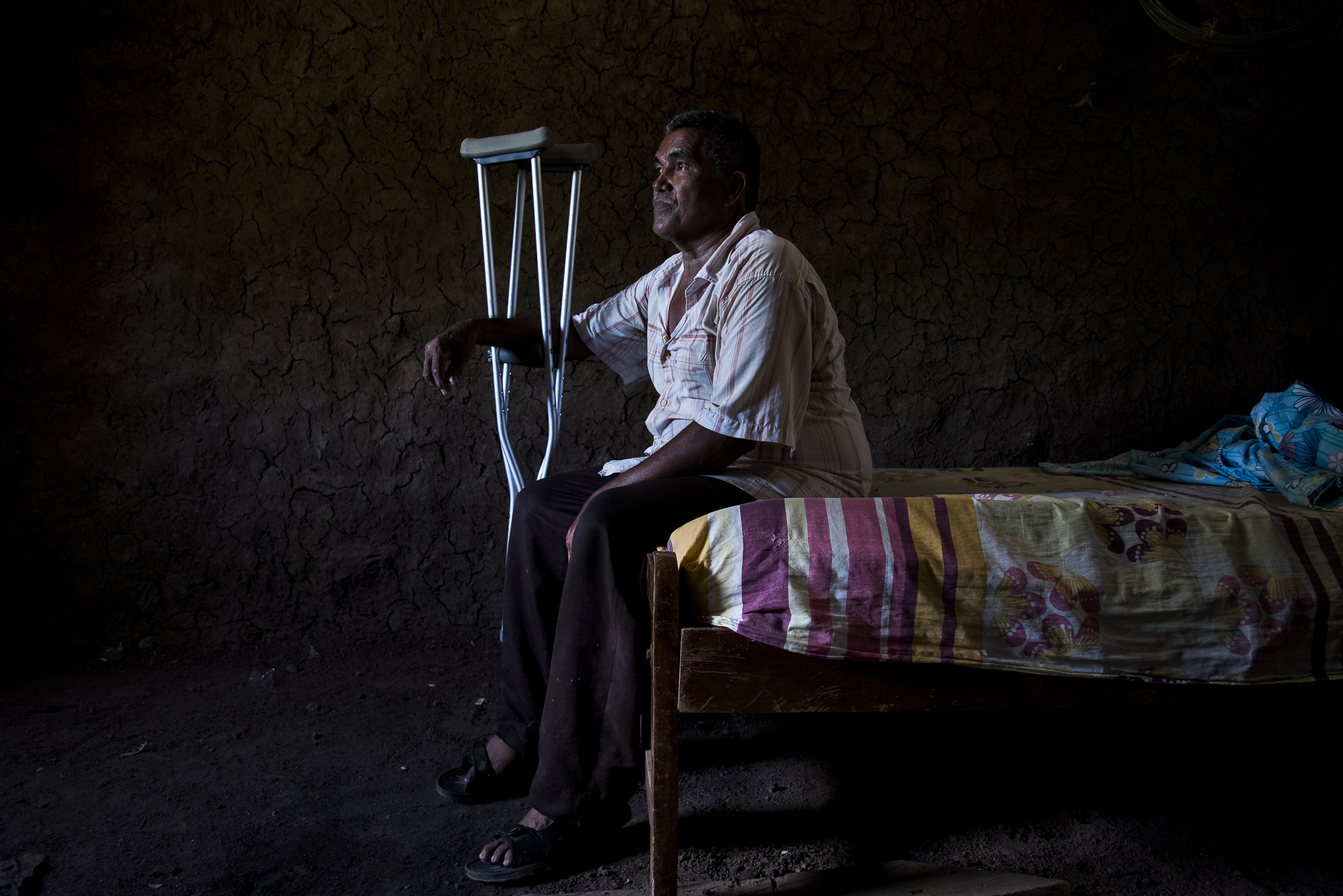
Rafael Alonso Miranda, a 63-year-old cattleman, lost his leg because of a bomb that exploded next to his house amid clashes between the FARC and the army. In spite of that he never left his home in Bellavista, Magdalena. Now on crutches he hopes to get ahead in his half-built house.

Each adventurer pays $ 1,000 (colombian pesos) for being transported from one bank to the other in order to reach the village. None warns of the danger of this practice, since they do since they have memory.



























Bellavista has no inhabitants but survivors. Between 1983 and 2011 they suffered 8 armed attacks. Today there are about 332 people and 98 families returned after 18 years of compassionate shouting, shots of grace and dismembered on the sidewalk.
This is the police station of Batata, 35 uniformed men watch day and night for the safety of this people who still live the violence, this time, by other insurgent groups such as "clan del golfo" or "Urabeños ".
Álvaro Hernández, president of the Córdoba victims' table, for a long received direct threats from insurgent groups because of his constant refusal to join his ranks. In September 1989 he had to leave his estate in the village of El Venado with the only clothes he wore and with fear.
Catherine Perez is not able to wield a weapon, however this hunting rifle adorns a corner of his home. She would only use it to drive away animals that try to damage their banana crop, with which she hopes to get her children overcome difficulties.
In Sacramento had to spend 10 years so that its inhabitants returned to see the army walking through its streets. At the time of the conflict the national government decided to withdraw all troops from this area of the Sierra Nevada.
Gloria Areiza, lives in Sacramento, Magdalena. In 2001 when she was 3 months pregnant and a 6 months old girl her husband was killed, her house was burned and she had to flee. He still lives in fear, in a house half cement half board.
Rice was the crop which the inhabitants of Coloso maintained their families. The war took their lands and many crops were lost. Step by step and thanks to the bilateral cease-fire, families see again agriculture as a way to get ahead.
Altar in Homage to Cayetano Ortega, on the road to La Sierra, in Montes de Maria, where he was thrown to the ravine in his car by the FARC guerrilla.
Martina Vanegas is 48 years old, is a victim of forced displacement. She left the village of El Venado because of the constant fighting between the guerrillas and the army. Today he lives in Tierralta, Cordoba where he built a house and raised his three daughters.
On this park and this field of football guerrillas of the block Martin Caballero of the FARC and paramilitaries separately disputed sporting meetings with the Batatatenses, from the decade of the 80 until the beginning of the years 2000.
Catherine Perez is 43 years old, in her hand holds the photograph of her missing sister, Iris Esther Perez, who before the age of 15 was recruited by the guerrillas on May 12, 1996. Iris is one of more than 3,000 children recruited in the last 20 years in Colombia by the FARC
Ernesto Sotelo is 40 years old, he is hiding some tears while telling the story of how his brother decided to join the FARC-EP, he and his mother Iris Sotelo hope that with the end of the conflict and the demobilization of the guerrillas they can seeagain their brother Luis.
Rodolfo Pacheco (fictitious name) of 70 years lives in the Carmen de Bolivar one of the towns most affected by the armed conflict. On January 6, 1999, he was wounded in the middle of a FARC and army combat. What remains of that day today lives with him: four body marks with which he was not born.
Old School in La Tejeda, a sidewalk of Carmen de Bolivar, which collapsed because of a grenade thrown in the middle of fighting between the army and the FARC guerrillas.
Juan Enrique Hernandez counts as his family (Dilson and Noris María) a donkey saved their lives. On April 18, 2003, at 10:30 in the morning, a bomb dropped from the sky took them out of the lethargy of the daily routine. It was the Army. According to them, it was because the FARC were nearby.
The peasants of Batata return to cultivate the land, and with this they walk again through the streets of the village with their sheath and machete, each one personalizes it to their style.
Almost at the top of the Sierra Nevada, Sacramento flourishes, where 180 families have returned. Scenario of competition between coffee production and illicit crops. The FARC and ELN set up camps, created tolls, became checkpoints and recruiters.
Pacho González, 34 years old, was displaced from the village of El Bolsillo (Montes de María) in June 1999. He returned in 2008, after the end of fighting. Today, lying on the brooms he makes in the village of La Sierra, in the heart of the Carmen de Bolivar, he remembers the nights he tried to sleep. His dream was stolen by the cold and mosquitoes in gullies and thickets, the only shelters possible to dodge the bullets.
Hat of Jaime Hernandez, 49, farmer from La Sierra, village of Macayepo, in Carmen de Bolivar. In 1998, during a kidnapping, was forced to compose songs that praised the ideologies of the guerrilla of the ERP in exchange for to continue with life. Years later, the FARC displaced him.
Pedro Padilla, a 58-year-old farmer, lost his brother Luis Alfredo to the FARC. On the day of the crime they were already warned, Pedro left his brother sowing corn, but neither he nor the crops saw again. he police excused themselves saying that they did not get in because it was red zone.
Eduilson Goes Torres is 36 years old. She lives in Gallo, the city of Tierralta, chosen by the government as one of the concentration points of the FARC. Between fear and hope, he and his wife Everlides del Carmen, together with their five children, hope that the signing of the agreement will bring peace.
At 29 kilometers from Colosó, Sucre (20 minutes by motorcycle), in the village of Chinulito many of the houses still do not have doors; Are inhabited only by the undergrowth that covers walls without ceilings. Of the 300 families that lived in Chinulito today there are a few 57, although all are not native of the place, but beneficiary victims of neighboring municipalities where also the violence entered.
Toy found in one of the houses of victims of forced displacement in Batata, Cordoba. The time when these lands were used for livestock and horse breeding were forgotten because of the war.
Rafael Alonso Miranda, a 63-year-old cattleman, lost his leg because of a bomb that exploded next to his house amid clashes between the FARC and the army. In spite of that he never left his home in Bellavista, Magdalena. Now on crutches he hopes to get ahead in his half-built house.
Each adventurer pays $ 1,000 (colombian pesos) for being transported from one bank to the other in order to reach the village. None warns of the danger of this practice, since they do since they have memory.